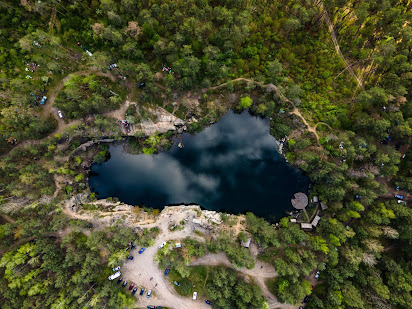 |
| Niagara Falls, NY Photo by Cameron Venti on Unsplash |
Many UK rivers have cameras up and down their profile i.e. for things like wildlife tracking and identification. Vandaele, Dance and Ojha looked into utilising these cameras for water level estimation. They develop a deep learning algorithm to do just this. They annotate images from cameras along the River Avon and Severn, UK (21 November - 5 December 2012), isolating flood events, finally comparing their results with local river gauges. This algorithm had an accuracy >91%. They then try the algorithm with a year long sample (from 1 June 2019 to 31 May 2020) for the same rivers. Again the correlation to local gauges is clear, showing that the use of cameras along rivers could help accurately predict flood events, particularly in areas with no gauges, thus providing some warning to residents and/or farmers. Low water levels are covered, but nothing is mentioned about drought conditions. This could be an issue as drought conditions are just as big of an issue as flood conditions. Dry land does not allow for optimum (or any) infiltration by rain, meaning flooding is more likely. As a deep learning algorithm that uses pixels filled with water, it is very likely that it could adapt and learn to interpret drought condition data too.




No comments:
Post a Comment